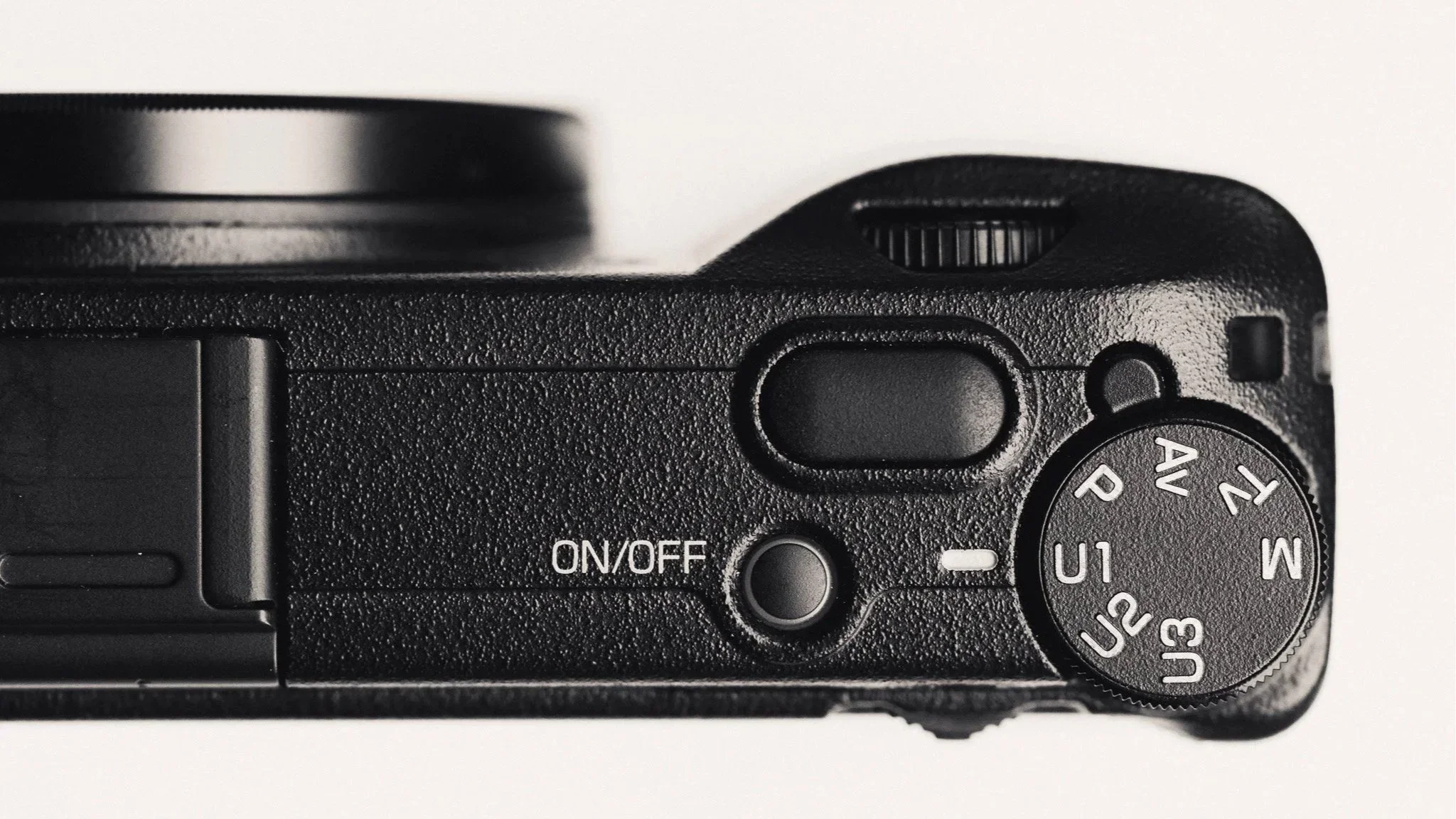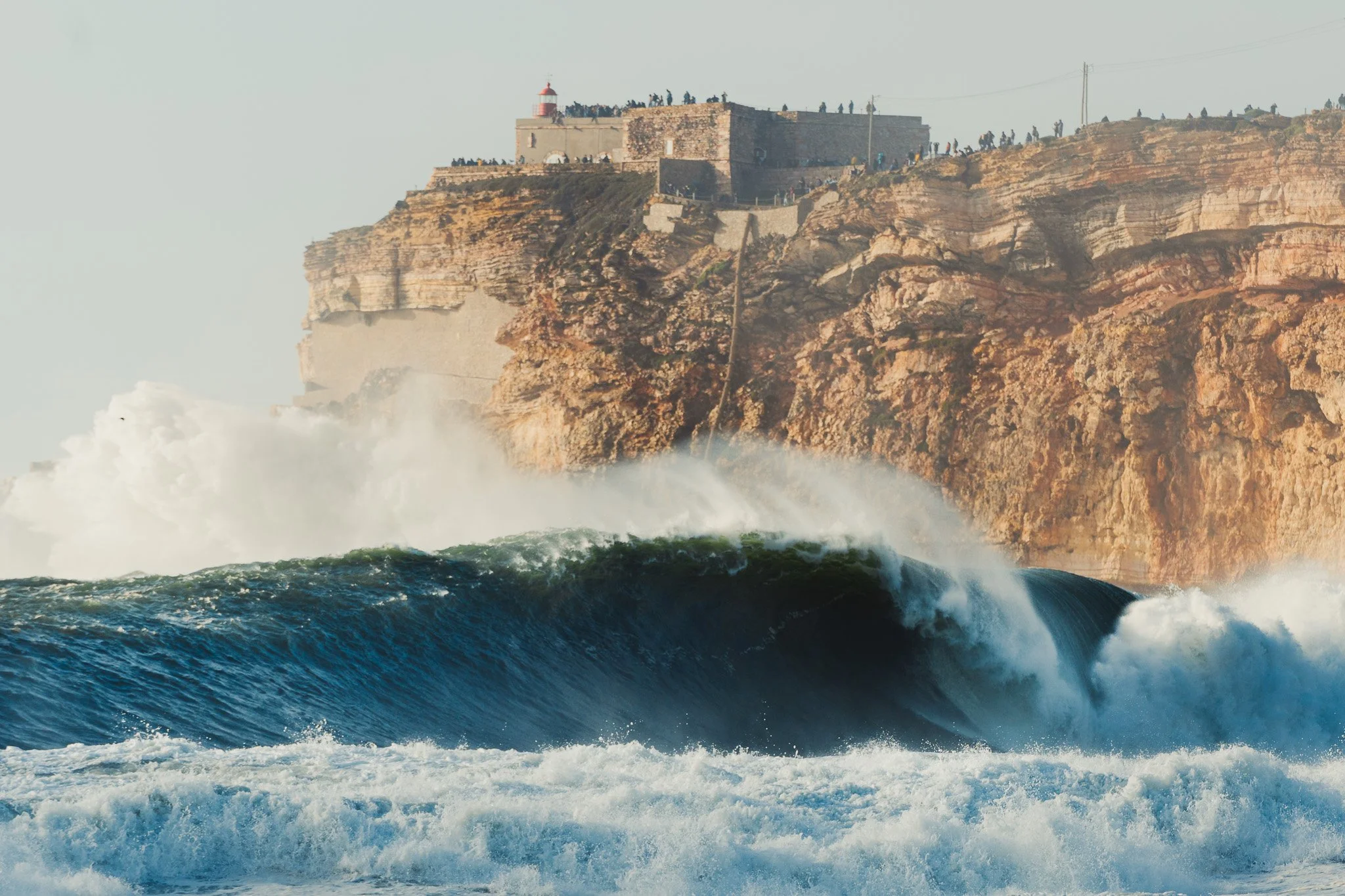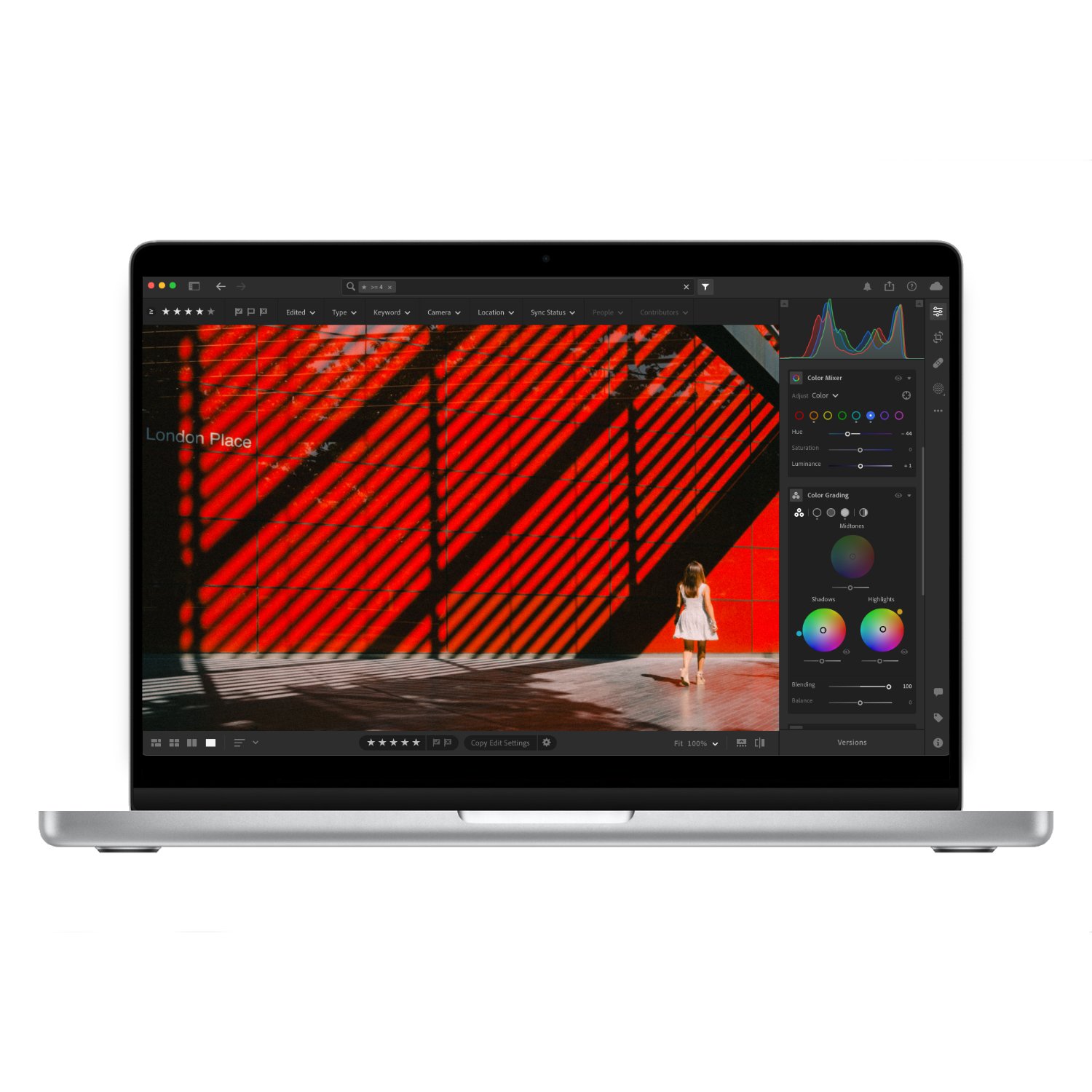Sony FE 70-200mm f4 G OSS II First Impressions
In this blog, I will share with you my first impressions of the Sony 70-200 f/4 G OSS II telephoto zoom lens. Although I’ve owned this lens for nearly a year, I’ve only used it a handful of times, so this blog is an initial look and not a full review. The full review will come later after more extensive use in different conditions. For clarity, I purchased this lens with my own money, and I have no affiliations with Sony.
Purpose
The 70-200 is one of the most popular focal lengths for photographers from all genres. Most notably, it’s the go-to focal length for travel and landscape shooters due to its versatility and ability to capture subjects too far to reach. Many others use this lens for sports, weddings, and even some portraiture, however I can only comment from a travel perspective. I don’t use this lens that often primarily because I find 100mm to be the maximum I typically go to within my style of photography. With that said, there are times where this lens really saved the day, especially when shooting in locations where it was dangerous to get any closer – for example, in Nazaré. So while this lens gets little use, when it’s needed, it can easily save the day and get photos I would otherwise miss.
Build Quality
I usually praise Sony build quality to the point where I start to sound like a fanboy. This is the first lens that feels a bit cheap and a tad disappointing. While the body feels fine, I can’t help but notice cost-cutting in some areas. The zoom isn’t as smooth as you’d like and it feels like there is some friction. The focus dial feels incredibly loose with more play than I’d expect. While it’s loose, it isn’t smooth, and you can feel plastic-on-plastic friction. In its defence, all the buttons and switches feel nice. This might seem very harsh, but this lens isn’t cheap, nor is it an entry-level offering. At this price and level, I would have hoped to see better quality. The lens has weather sealing, but I can’t comment on how useful it is just yet since I haven’t used it in adverse conditions other than by the beach on windy days.
Size & Weight
When the lens is collapsed, it’s a very respectable size and can even fit inside my sling vertically. Where the size does show is when the lens is extended, however it’s in line with what you’d expect. The lens is surprisingly light and I didn’t have any issues with it in my sling bag on longer days. It goes without saying that this lens feels at home on bigger bodies such as the A7R. While it’s perfectly usable on smaller cameras such as the A7C, it does feel a tad front-heavy.
Features
I’m going to start with the most annoying thing. It does not have an aperture ring. I know for many of you this isn’t an issue, but considering almost all of their G series lenses come with an aperture ring, leaving it out on such an important lens – one that is a staple part of many people’s kits – seems insane to me. I’m sure there were some technical reasons for this, however it mostly feels like cost-cutting and pushing people to the more expensive f/2.8 version. The lack of aperture ring is incredibly annoying for me, and it’s a major reason why I don’t shoot with it as much as I’d want. Of course, for many this isn’t an issue at all. Other than that, this lens is feature-rich and has everything you’d expect from a telephoto zoom, plus more. My favourite feature has to be the macro mode, which adds so much usability. In macro mode you can get crazy close to the detail and when zoomed in to 200mm, you can see it with the most insane amount of sharpness. You get three custom buttons dotted around the lens. While there are three physical buttons, they all do the same thing and simply allow you to reach them easily regardless of how you hold your camera. I have mine set to manual focus hold, so when I press and hold one of them, the camera goes into manual focus and allows me to fine-tune using the focus ring. You get a wide range of adjustments to OIS, AF, and distance.
Example of Macro Mode
Example of Macro Mode
Image Quality
All modern lenses have fantastic image quality, and I feel we’re at the point where any modern lens above £500 will produce good results. I can’t say anything specific about the 70-200 f/4. The image is tack-sharp, the bokeh is nice, and the colours render as they should. No issues at all
AF Performance
The AF is top-notch thanks to linear motors. It’s silent, fast, and reliable. However, just like image quality, this is hardly a surprise. Nothing specific I can say about the AF – it works every single time exactly how you’d expect.
Summary
This lens is a luxury product because it fills a very niche role. If you’re a die-hard 70-200 user and you love that focal length, then a 70-200 f/2.8 might be a better buy despite the extra weight, size and cost. If you’re like me, and you only need this focal length a few times a year for very specific trips, then this f/4 version fills that gap perfectly. The missing aperture ring is not ideal, and the poor low-light performance can limit when you can use this lens. However, if you’re not bothered about setting the aperture on the lens, and you mostly shoot in the day, then this makes for a great travel companion.





































